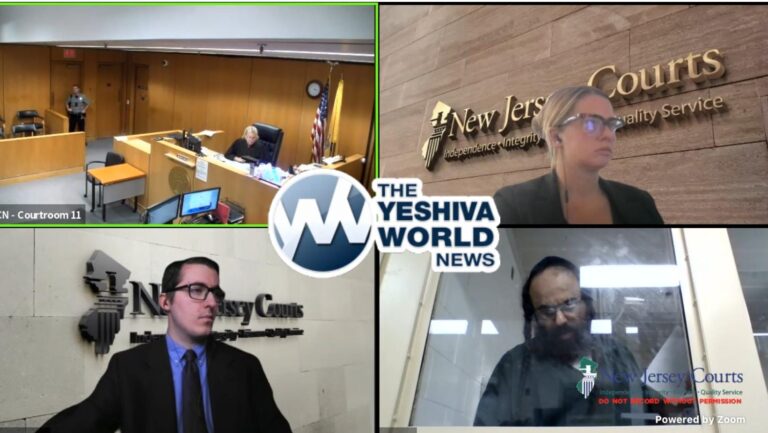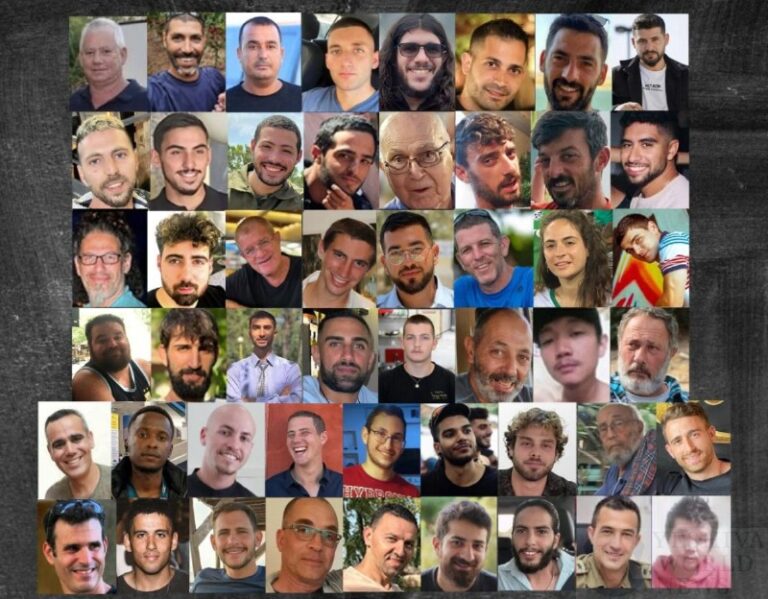 [A Review by Rabbi Yair Hoffman]
[A Review by Rabbi Yair Hoffman]
There are some topics that have not been adequately dealt with in the world of Sforim. One such topic is wine. Why does cooked wine not have the halachic issues of yayin nesach? What do contemporary Poskim have to say about pasteurized wines and their use for kiddush? What are the halachos involving adding grape juice concentrate or sugar to our wines?
Now, finally, there is a wonderful little sefer that just came off the press written by a remarkable member of the Kollel of BMG, Rabbi Eitan Aviv. The fifty-eight page sefer has letters of approbation and bracha from Rabbi Yaakov Forchheimer and Rabbi Shmuel Felder, both prominent Poskim in Lakewood, New Jersey.
In the first of his eleven chapters, Rabbi Aviv demonstrates that there are actually three opinions in the Rishonim as to why cooked wine is exempt from the Rabbinic prohibition of Stam Yeinam:
1] The fact that such wine is quite rare (Rosh)
2] It is not called Stam Yeinam (Rashba).
3] It is not fit for use as a libation on an altar (Rambam). Rabbi Aviv further delineates Rashi’s view that, in fact, such wine is prohibited when an akum has touched it, it is just that there is no prohibition of benefit.
How cooked does the wine have to be in order to be considered cooked? Rabbi Aviv demonstrates that the Rashba held to the view that the wine must be boiled. He shows that the Ramban’s view is slightly more nuanced – where he adds the possible additional factor that the volume of the wine must be visibly diminished through the heating process. Rabbi Aviv further points out that the Beis Yoseph understands the term reticha – boiling, as a general term that refers not to the exact idea of a boiling point but rather means to the point of yad soledes bo. This is also Rav feinstein’s view IM YD Vol. III #31).
In his second chapter, Rabbi Aviv discusses the views of Rav Shlomo Zalman Auerbach zt”l, Rav Ovadiah Yoseph zt”l, and Rav Elyashiv zt”l on the status of pasteurized wine. Chapter three deals with its use for kiddush and analyzes the contemporary method of production. In chapter four he deals with wine mixtures of sugar, grape juice concentrate, and sulfites. In chapter five, Rabbi Aviv distills (no pun intended) the views of the Poskim in regard to the watering down of wine. Chapter six is devoted to teh halachic status of grape juice. In chapter seven and eight, the author delineates the parameters of what is called “mega” and secondary aspects of these parameters, including an overview of common applications of these halachos. Chapter nine deals with the concerns and repercussions of household help regarding these matters. In chapter ten, the author deals with other rabbinic enactments, but comes to understandings with which this reviewer humbly disagrees. In chapter eleven, the author provides a wonderful overview in regard to both the practical aspects of and halachic repercussions of whiskey and wine barrels. He explains how the metzius has fundamentally changed and which whiskeys are somewhat questionable, and which are not.
It is my conclusion that the entire work is highly impressive. This little sefer should be in the library of every talmid chachom. The author skillfully and clearly presents the halachic opinions of rishonim and acharonim and is a credit to BMG. The sefer (or kuntrus, as the author refers to it) may be obtained by contacting the Aviv family at 1179 Idalia Avenue, Lakewood, NJ 08701 or by phone at (732) 720-9818.
The reviewer can be reached at [email protected]










